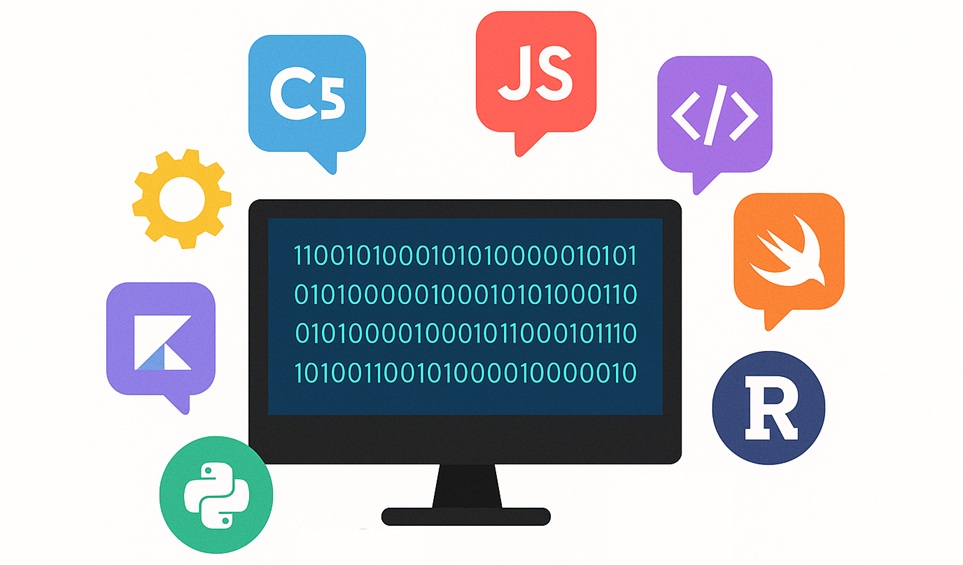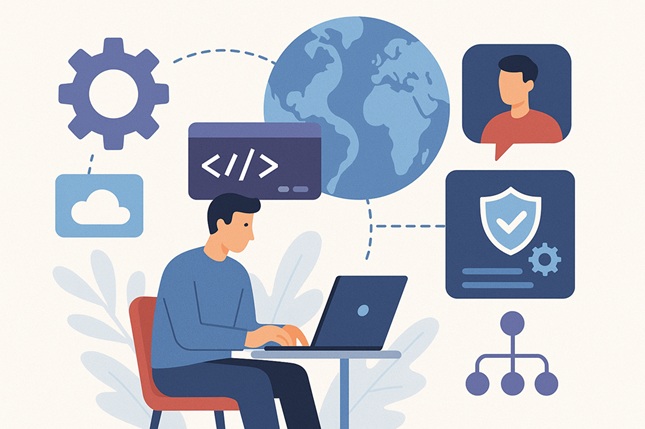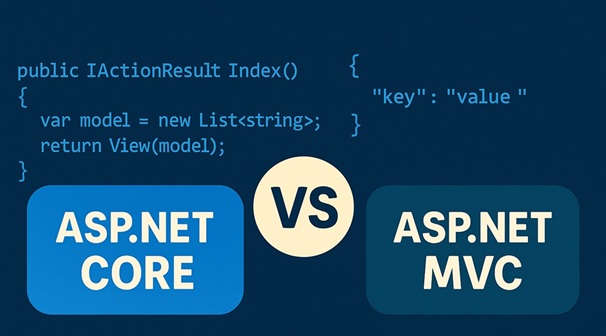Shopify and nopCommerce sit at opposite ends of the e-commerce spectrum. Shopify is the go-to SaaS platform for small to mid-sized businesses that want to launch quickly with minimal technical effort. nopCommerce, by contrast, is an open-source .NET framework designed for enterprises that need complete control, custom integrations, and long-term scalability.
Choosing between them isn’t about who has the longest feature list. It’s about deciding how much control you need over your store, how fast you want to scale, and how much technical capacity you’re willing to commit.
Shopify vs nopCommerce: E-commerce Platform Comparison
|
Feature |
Shopify |
nopCommerce |
|
Hosting |
Fully hosted |
Self-hosted |
|
Setup Time |
Fast, no coding needed |
Requires dev knowledge |
|
Customization |
Limited to themes/apps |
Full source code access |
|
SEO Capabilities |
Built-in + apps |
Built-in + advanced control |
|
Payment Gateways |
100+ |
Plugin-based |
|
Multi-store/Vendor Support |
Limited (Shopify Plus) |
Native support |
|
Community & Support |
24/7 support, app marketplace |
Open-source community |
|
Pricing |
Subscription model |
Free (self-host + dev costs) |
Choosing between them comes down to your business size, development capabilities, and need for flexibility.
Shopify for Small Businesses: Speed, Apps, and SaaS Convenience
Shopify’s biggest strength is simplicity. A store can be online in hours, with hosting, updates, and server maintenance handled by Shopify itself. For entrepreneurs who want to validate a product idea or build a storefront without hiring developers, it’s hard to beat.
Key advantages include:
- Quick setup and onboarding. Drag-and-drop themes, plug-and-play apps, and straightforward admin panels.
- Multichannel selling. Shopify integrates natively with Facebook, Instagram, TikTok, Amazon, and more.
- Extensive payment coverage. Over 100 gateways are supported, including Shopify Payments, PayPal, and Klarna.
- App ecosystem. Thousands of apps extend functionality: subscription billing, loyalty programs, advanced SEO tweaks.
- 24/7 support. A safety net for non-technical founders.
This makes Shopify attractive for small to medium-sized retailers, subscription box startups, and DTC brands looking for fast time-to-market.
The trade-offs: customization is limited to what themes and apps allow. Core SEO elements like canonicals and structured data often require apps or developer workarounds. As your store grows, subscription costs increase, and performance optimizations remain in Shopify’s hands.
nopCommerce for Enterprises: Flexibility With Technical Investment
nopCommerce is a completely different animal. It’s an open-source, self-hosted platform built on ASP.NET Core. You own the codebase, choose the hosting, and customize the system around your business logic.
Strengths that stand out:
- Full code access. You can build any feature or workflow directly into the platform.
- Enterprise scalability. Native support for multi-vendor and multi-store setups.
- Deep integrations. CRMs, ERPs, analytics, and third-party APIs can connect without middleware limitations.
- Advanced catalog management. Complex product hierarchies, regional pricing, and marketing features are included out of the box.
- SEO control. From clean URLs to custom sitemaps, nopCommerce offers granular access to optimization levers.
In our company, nopCommerce comes into play when clients already have IT resources or need deep customization. We’ve implemented nopCommerce for businesses with multi-store operations, complex ERP integrations, or regulatory requirements that SaaS cannot cover. Usually, clients come to us after hitting technical limits with SaaS tools - things like integration bottlenecks or expensive workarounds. With nopCommerce, we can shape the platform around the client’s business model rather than forcing the business to adapt to the tool.
This flexibility comes with a catch: nopCommerce is not for beginners. Running it requires a dev team familiar with .NET, hosting management, and ongoing maintenance. For enterprises and mid-sized businesses with IT resources, that’s a fair trade for the level of control it provides.
Shopify vs nopCommerce for Growth and Scale
The real comparison isn’t about whether Shopify has “abandoned cart recovery” or whether nopCommerce supports multiple stores - both do. The critical difference is growth strategy.
- Shopify at scale. If your business grows, Shopify Plus offers enterprise-grade features like advanced automation and dedicated support. But costs rise quickly, and core platform logic is still controlled by Shopify.
- nopCommerce at scale. As sales volume and operational complexity grow, nopCommerce adapts because you can change the code itself. Expanding into new regions, implementing AI-driven personalization, or redesigning checkout flows is entirely under your control.
This is why many businesses start on Shopify, but migrate to open-source or custom solutions once technical needs outgrow what SaaS can deliver.
SEO on Shopify vs SEO on nopCommerce: Where Control Matters
Both platforms are capable of ranking, but the level of control differs.
- Shopify SEO: Basic optimization tools are built in - editable titles, descriptions, automatic sitemaps. Apps extend functionality with structured data, redirects, and image optimization. But limitations exist: duplicate URLs from product variants, restricted control over robots.txt, and reliance on apps for canonical fixes.
- nopCommerce SEO: Full access to templates and code means complete flexibility. Developers can implement custom schema, advanced hreflang setups, and sitemap logic tailored to multi-region catalogs. Performance optimization (Core Web Vitals) is also in your hands - not gated by a vendor.
For stores competing in aggressive SEO markets - like multi-language catalogs, international shipping, or high-volume niches - nopCommerce provides the control needed to build an edge. Shopify remains sufficient for simpler setups where speed to market matters more than technical SEO depth.
From our audits and projects, we see Shopify as adequate for simple catalogs but limited for SEO-heavy markets. Canonicalization issues, variant duplication, and reliance on apps for schema are frequent bottlenecks. By contrast, nopCommerce gives us — and our clients — full control. We regularly implement advanced hreflang setups for multilingual catalogs, custom schema for complex product hierarchies, and tailored sitemap strategies. For businesses competing internationally, this level of control makes the difference between just being indexed and actually outperforming competitors.
Cost and Ownership: Why Subscription Isn’t Always Cheaper
Shopify is marketed as the budget-friendly option. At first glance, it’s true: $29–$79 per month looks inexpensive compared to funding a dev team. But as sales volume rises, so do costs. Transaction fees, app subscriptions, and Shopify Plus enterprise plans quickly turn into six-figure annual expenses.
With nopCommerce, the entry cost is higher because you need hosting and development resources. But once the platform is built, there are no escalating subscription fees. The software becomes an asset - part of your infrastructure that grows with the business. Over a five-year horizon, many mid- to large-sized companies find custom or open-source systems deliver better ROI simply because they stop paying rent for features they never fully use.
In TwinCore, we often calculate TCO (Total Cost of Ownership) for clients evaluating platforms. Usually, the SaaS option looks cost-effective only in year one. As sales scale, transaction fees, paid apps, and Shopify Plus subscriptions snowball into six-figure annual expenses. With nopCommerce, the entry investment is higher, but it becomes an owned asset rather than rented functionality. Over a five-year horizon, our experience shows custom or open-source platforms consistently deliver better ROI for mid-to-large companies.
When Shopify Is the Right Choice
Shopify makes sense in specific scenarios:
- Early-stage businesses. If you’re validating a product idea, Shopify gets you online fast.
- Small to mid-sized teams. No need for IT overhead, just plug and play.
- Straightforward catalogs. Stores with a limited SKU count and simple workflows thrive on Shopify.
- Speed to market. Launching quickly to capture seasonal demand or investor interest favors SaaS simplicity.
For these use cases, Shopify reduces friction, handles security, and lets non-technical founders focus on selling instead of managing servers.
When nopCommerce Is the Smarter Investment
nopCommerce is a stronger fit when operations become complex:
- Enterprises and high-growth brands. Custom workflows, multi-store management, and high-volume catalogs demand flexibility.
- Technical teams in place. If you already have developers, using them to control your own stack is more efficient than paying a SaaS tax.
- SEO-heavy markets. For multi-language, multi-currency, or international shipping catalogs, nopCommerce’s control is invaluable.
- Compliance and security focus. Industries that require custom data handling can’t rely on vendor-controlled SaaS setups.
nopCommerce is not about getting live fastest. It’s about building infrastructure that reflects your DNA, not someone else’s roadmap.
We’ve recommended Shopify many times to startups testing the waters. Typically, these are founders who need to validate a business model or capture seasonal demand quickly. In such cases, speed and simplicity trump flexibility. Our role is to set up the foundations right, so if they do outgrow Shopify, the migration path to a more robust system like nopCommerce is smoother.
In our practice, nopCommerce is the go-to for businesses with high transaction volumes, complex supply chains, or unique compliance needs. Usually, these are companies that already know SaaS won’t meet their requirements — they need multi-store management, custom workflows, or integration with legacy software. By building on .NET, we can ensure nopCommerce not only supports current processes but also evolves alongside the business.
Shopify vs nopCommerce: Long-Term Growth Strategy
The question isn’t just which platform you start on, but which platform you can still rely on three years down the line.
- Shopify offers convenience and polish. You trade ownership for ease of use.
- nopCommerce offers control and adaptability. You trade speed for long-term flexibility.
Both choices are valid, but they serve different business profiles. What kills ROI is picking the wrong tool for your growth stage - scaling a SaaS subscription long after you’ve outgrown it, or over-engineering a custom solution when you just need to get a store live.
Security and Compliance: What Control Really Means
Security isn’t about buzzwords - it’s about accountability. Shopify runs on shared infrastructure. While robust, you have no say in how data is stored, how logs are monitored, or how compliance updates are rolled out. For smaller stores, this isn’t a dealbreaker. For enterprises under scrutiny, it can be.
nopCommerce lets you design the security stack: hosting environment, encryption standards, access controls, monitoring. That freedom is why companies in regulated industries consistently choose self-hosted or custom platforms once they hit scale.
Conclusion: Choose a Platform for Where You’re Going, Not Where You Are
Shopify powers millions of online stores because it solves a real problem: getting businesses live quickly with minimal friction. nopCommerce serves thousands of enterprises because it offers something equally valuable: complete control and adaptability at scale.
The platforms are not interchangeable. Shopify is the shortcut. nopCommerce is the foundation.
If your e-commerce business is small, straightforward, and focused on getting to market fast, Shopify is the logical choice. If your business is built for scale, complex integrations, and SEO-driven growth, nopCommerce is the stronger long-term investment.
Choosing between them isn’t about features - it’s about strategy. Decide whether you value speed today or control tomorrow. That answer will tell you which platform belongs under your storefront.

 LinkedIn
LinkedIn
 Twitter
Twitter
 Facebook
Facebook
 Youtube
Youtube







